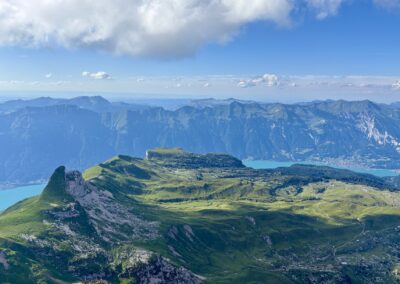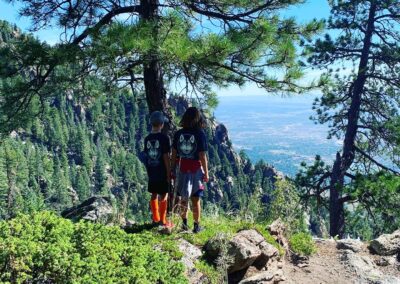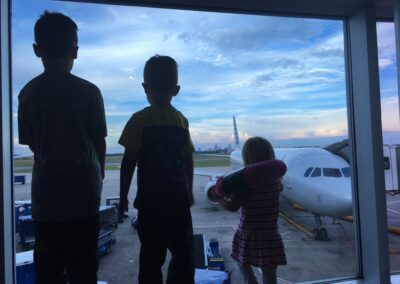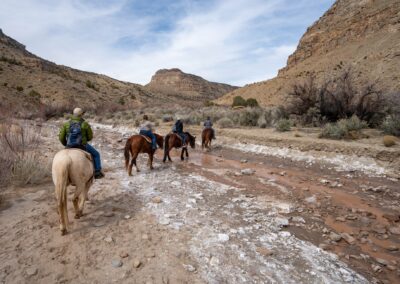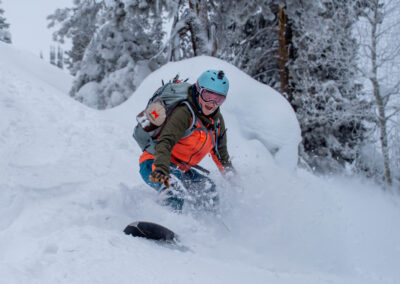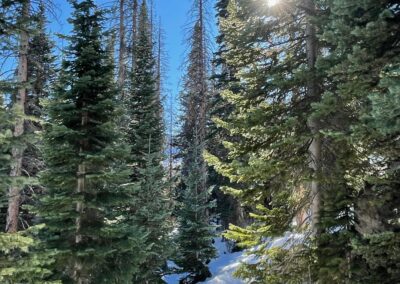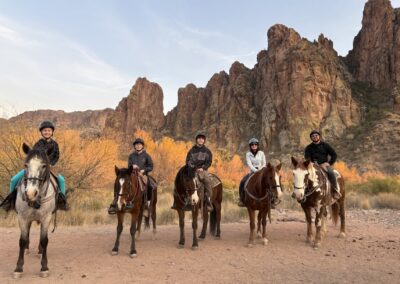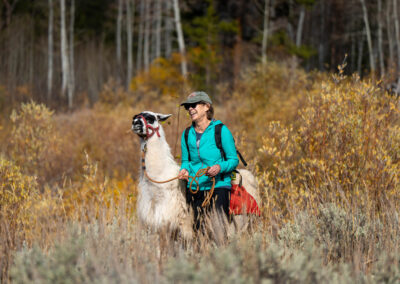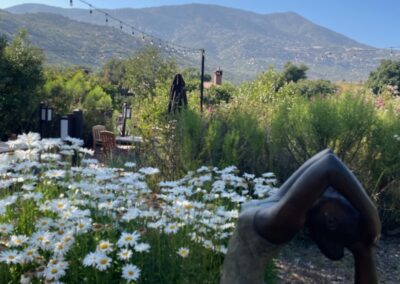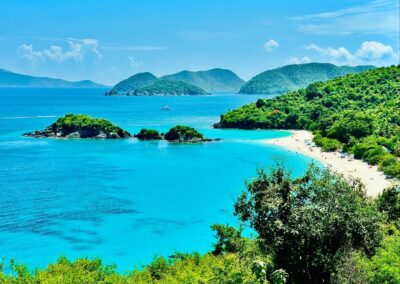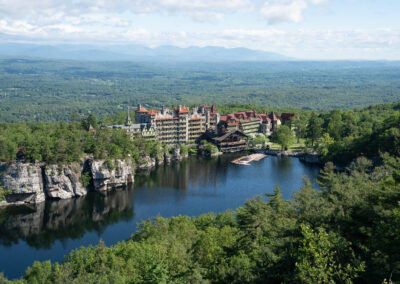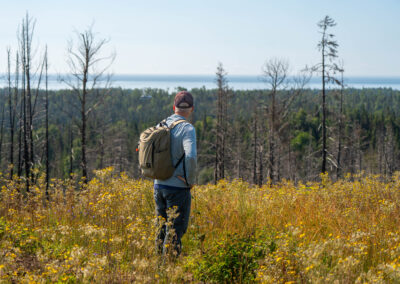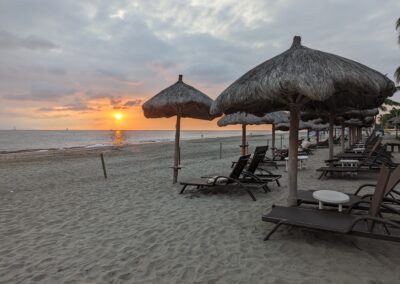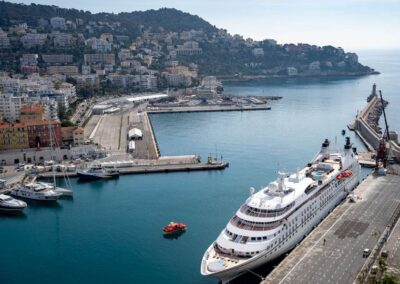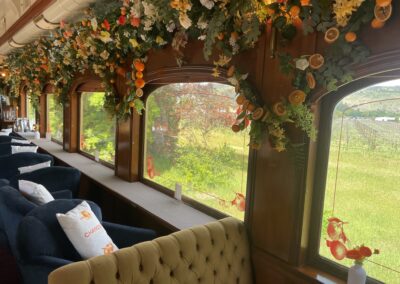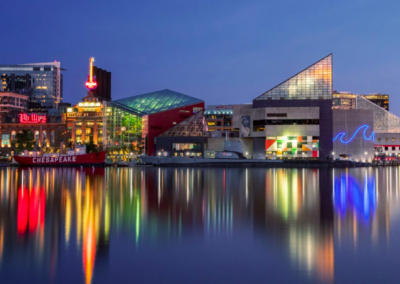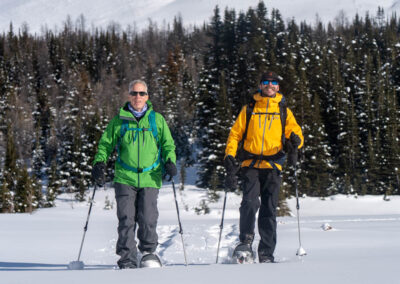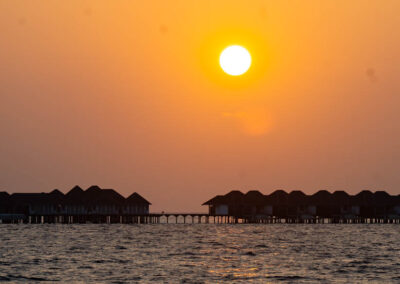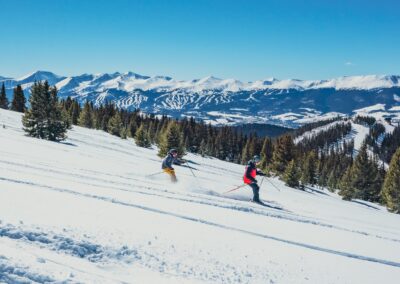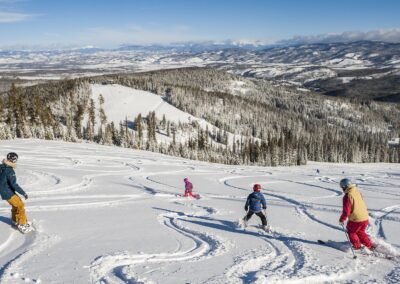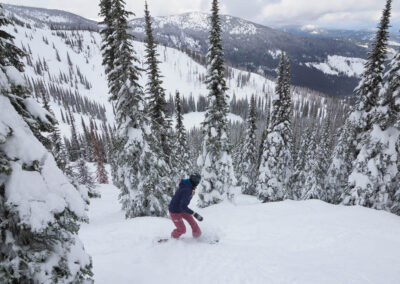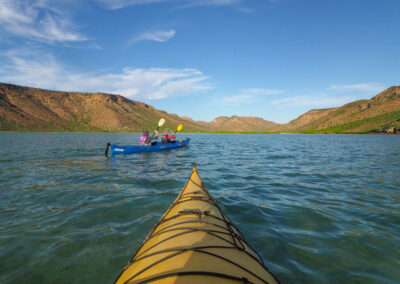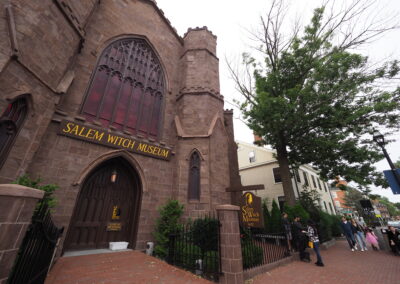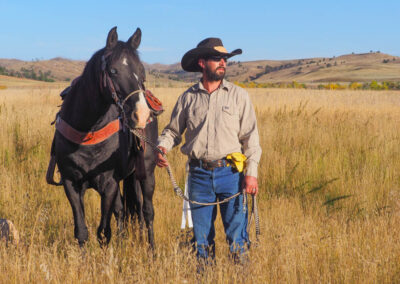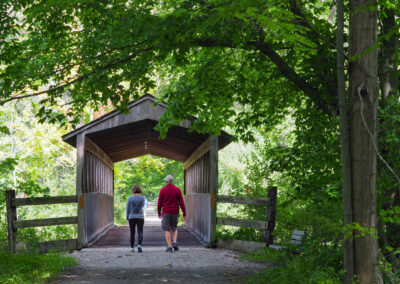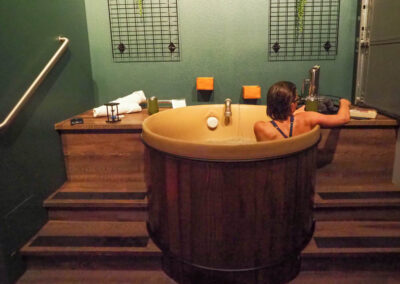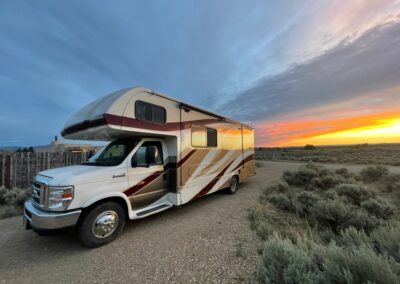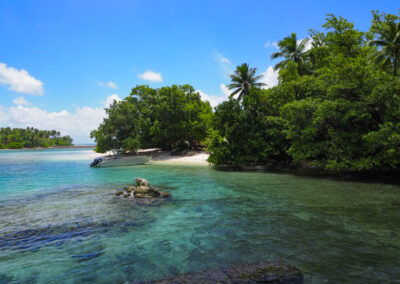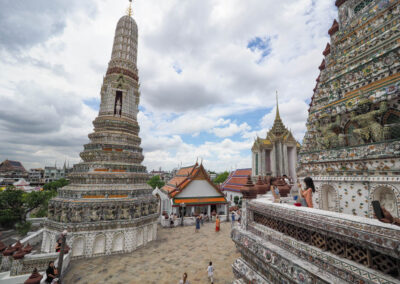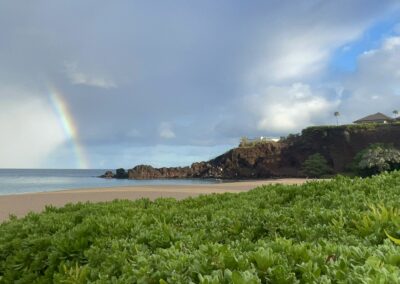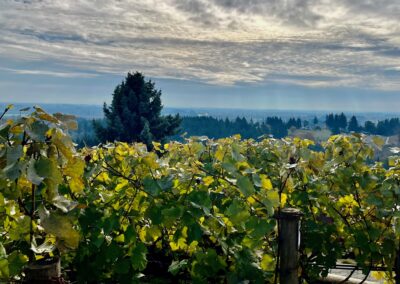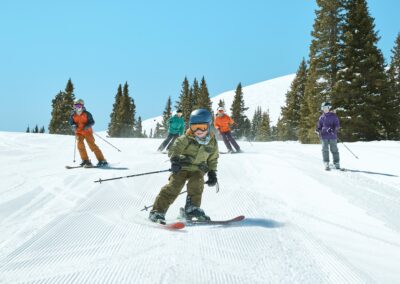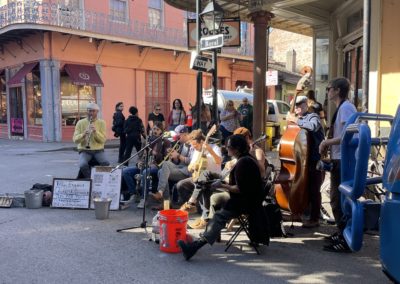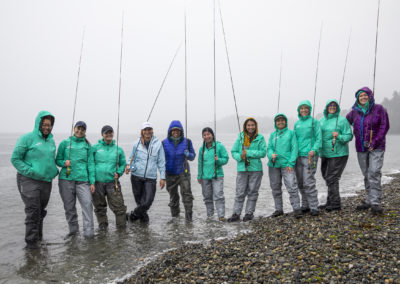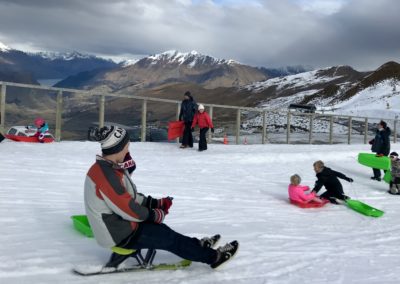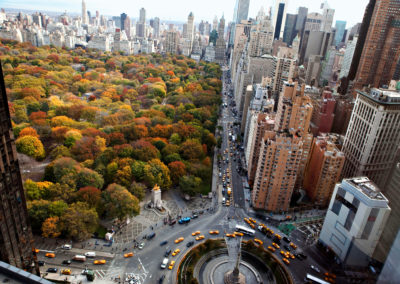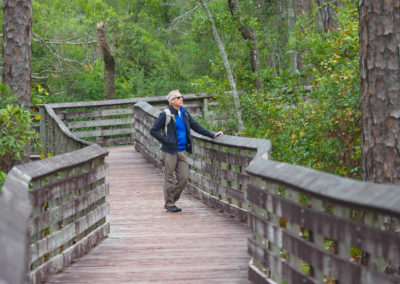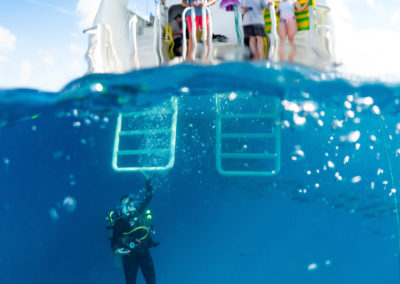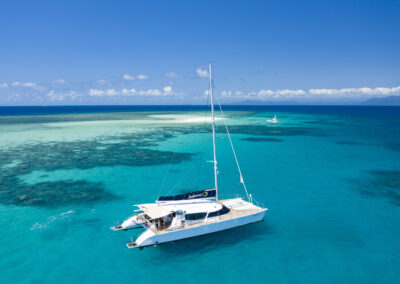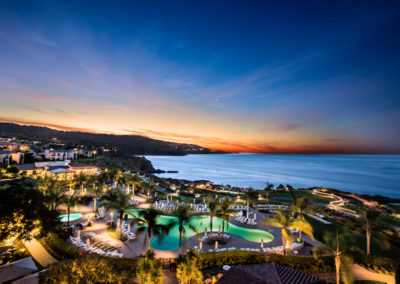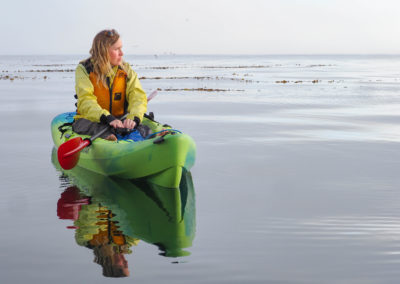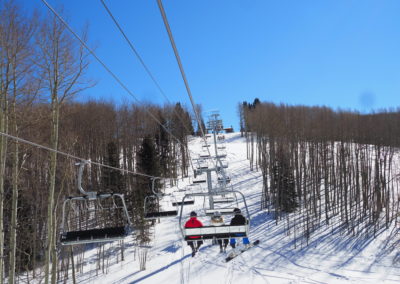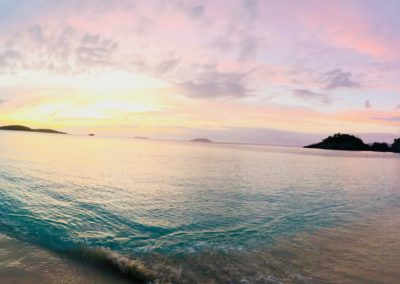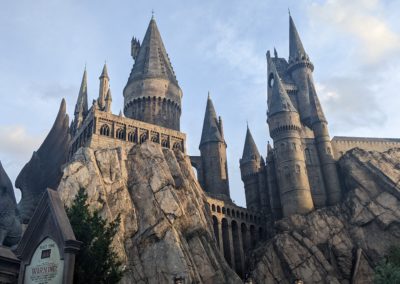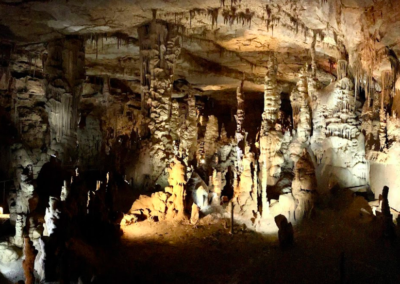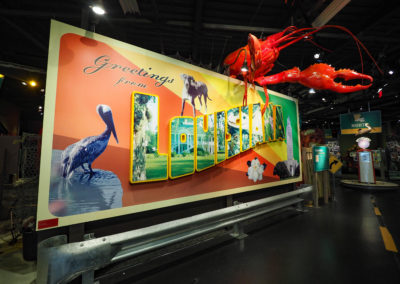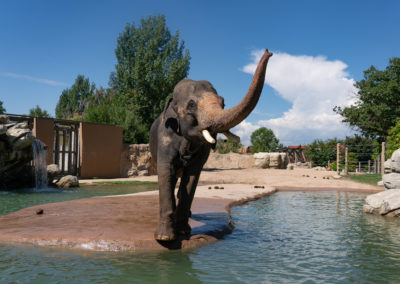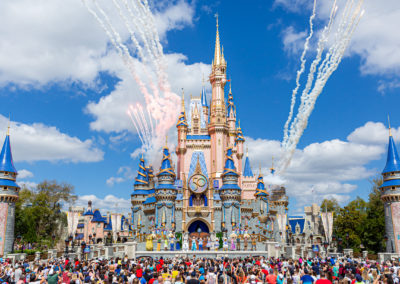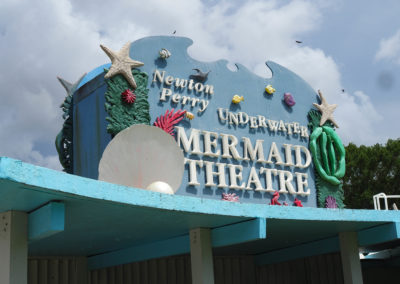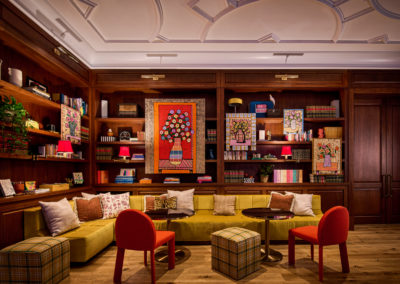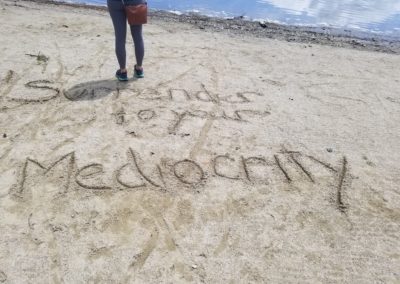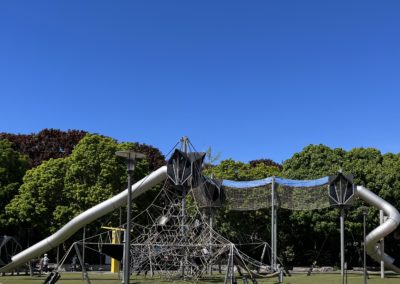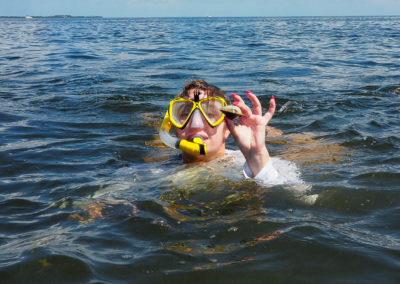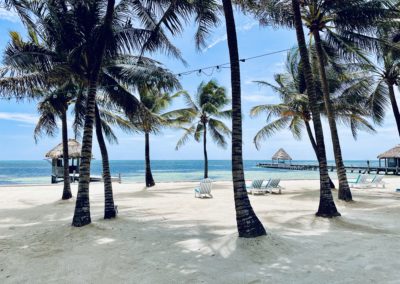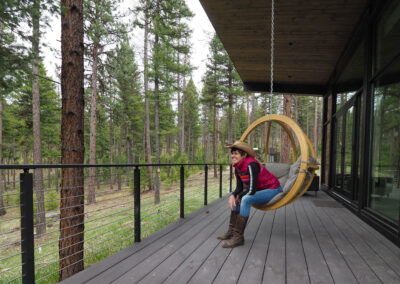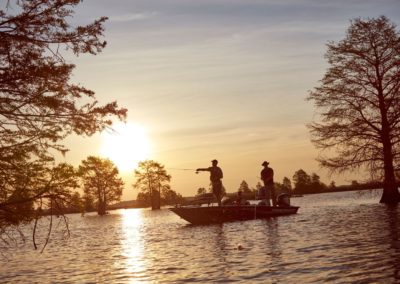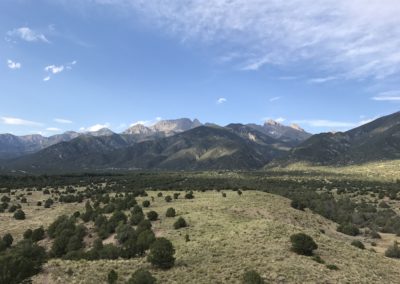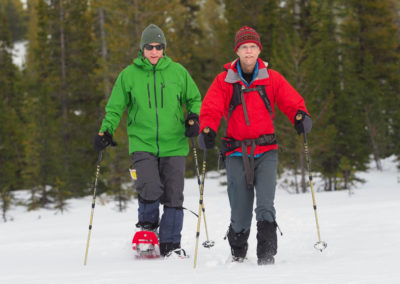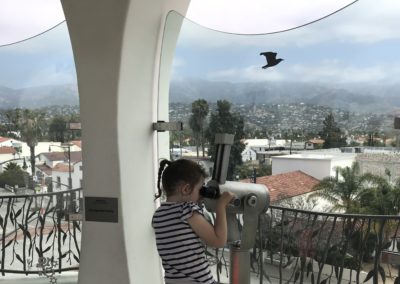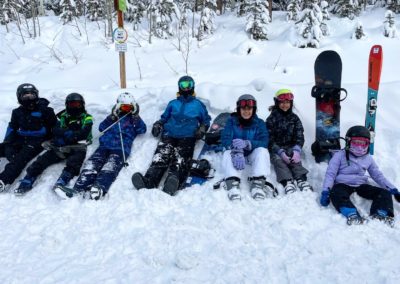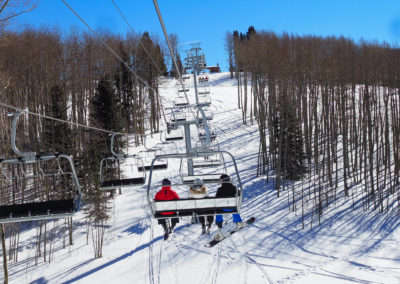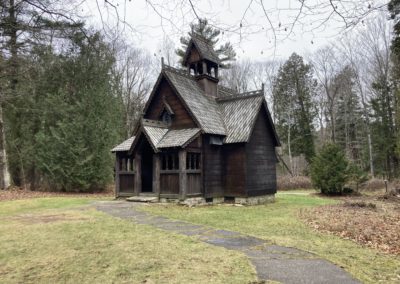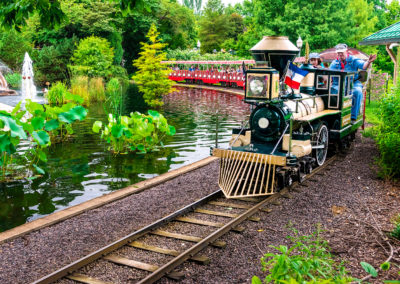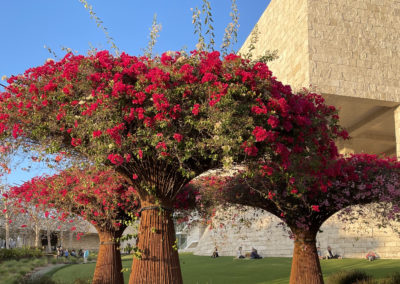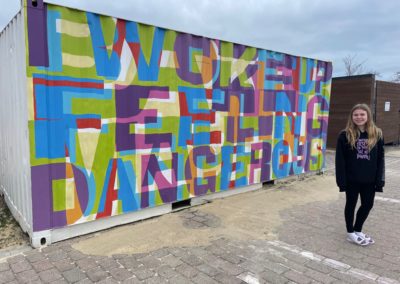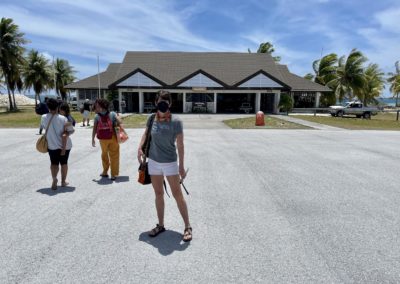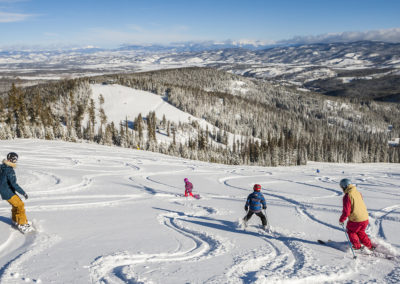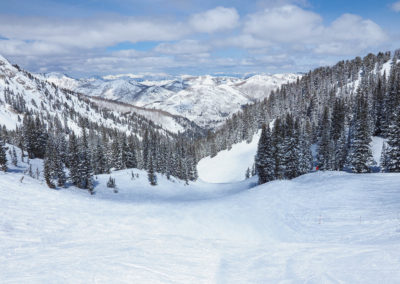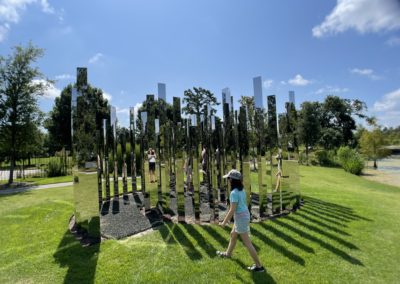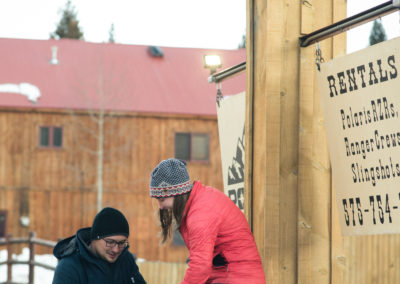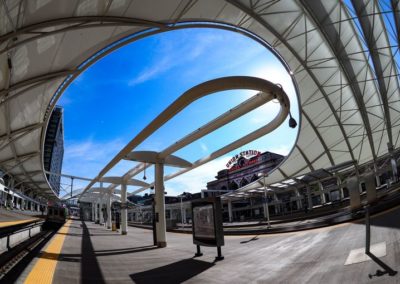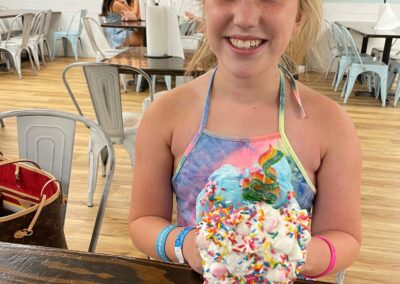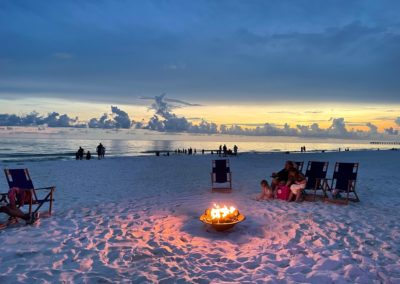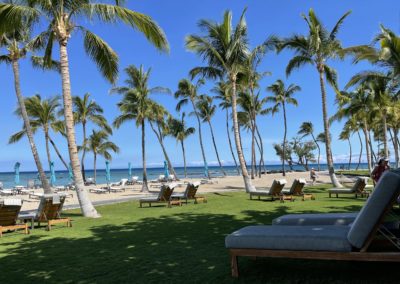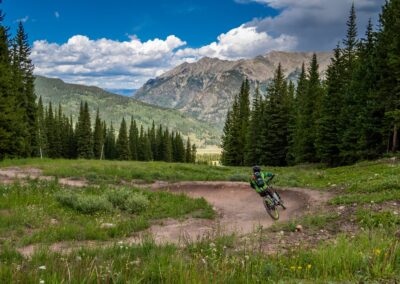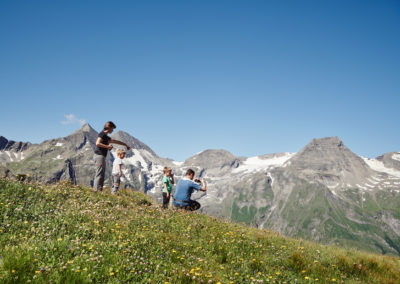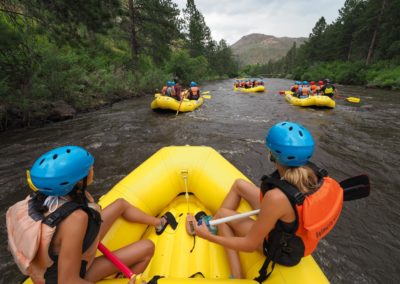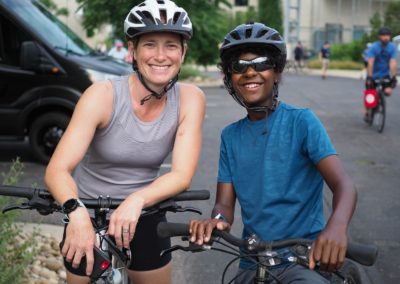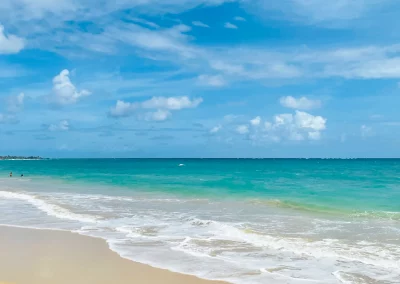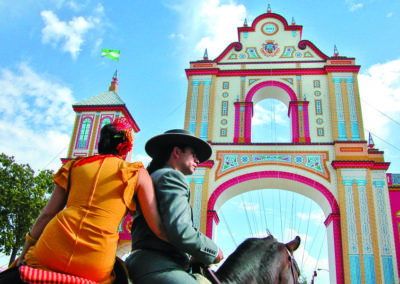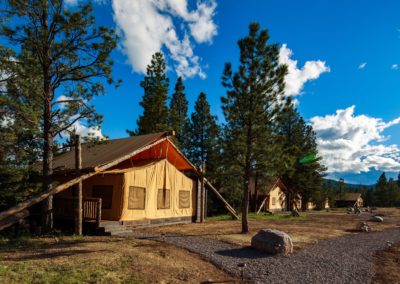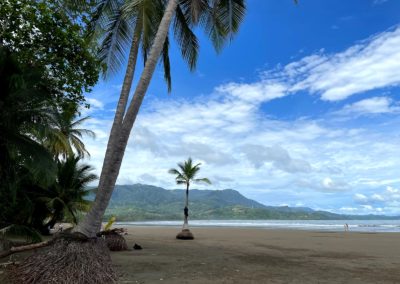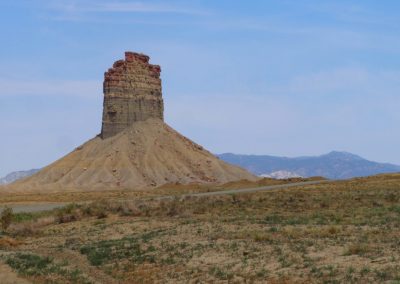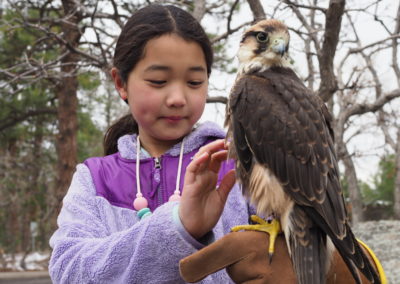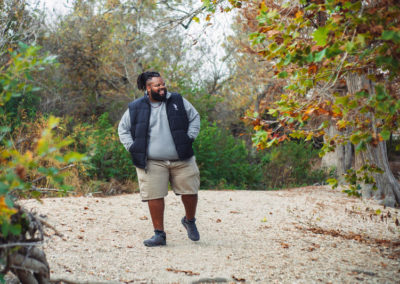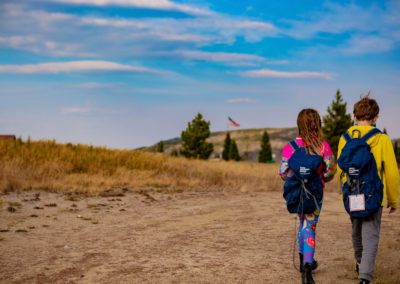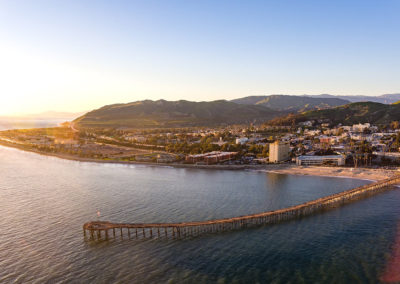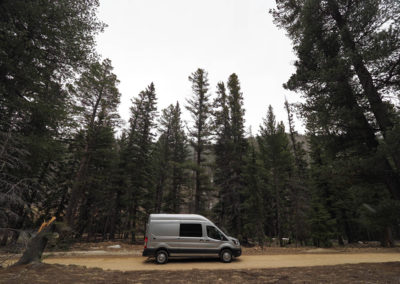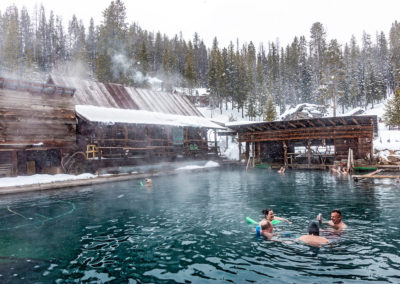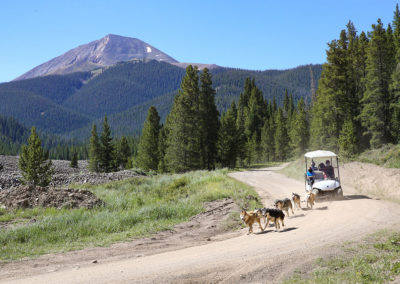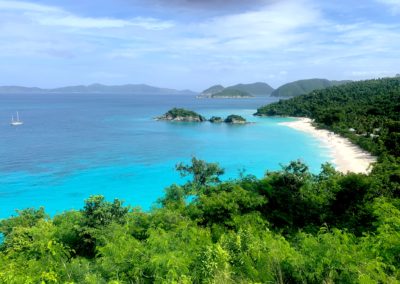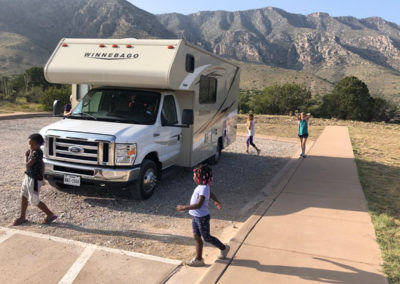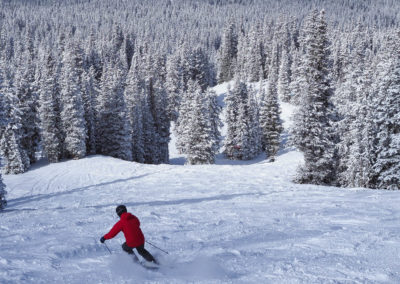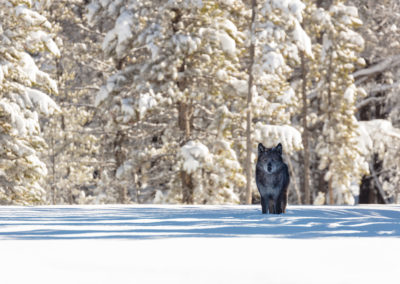We might be kids in a rollercoaster when we drive along Austria’s Grossglockner High Alpine Road — but for the fact that the frequent winding turns, precipitous drops and steep grades dictate a snail’s pace. Still, we squeal with delight as a new panorama unfolds with each turn — it’s as dramatic as watching a curtain rise on a stage. All around us, snow-capped mountains overlap one another as if competing for attention. Waterfalls pour down craggy stone faces, wildflowers form a colorful carpet across emerald meadows and pristine gem-toned lakes mirror the sky.

Hohe Tauern National Park is a stunning stop when visiting Austria’s Alpine Road. Contributed by Julius Silver
An ancient trade route, this well-maintained road is Austria’s most famous scenic tour. That says a lot in a country brimming with spectacular mountain highlights. Grossglockner zigzags, dips, and soars for 48 km, ascends a mind-boggling 2,504 meters and comprises 36 frankly heart-stopping hairpin turns. Though we might be able to drive the route in two hours, we take advantage of frequent look-out points, pulling over nearly every five minutes to take photos. Throughout the route, we find we share the road with bikers, their thighs as thick as Serrano hams and their pedaling sometimes faster than our motoring.
RELATED: To date a matador: Seduced by Spain
Our drive begins in earnest at Ferleiten (though we come from Salzburg), where a day pass ($32 euros per car) for Hohe Tauern National Park can be purchased. This pass includes not only the drive, but access to all information facilities and parking along the way. As we churn to the summit of Grossglockner, Austria’s tallest peak, we pass beneath many mountains. Though the road is dry, snow remains piled high. Sometimes the passage seems so narrow, the mountains rising like walls beside us, it feels as if we are driving in a crevasse or slit through rock. Purple shadows sprinkle the road, alternating with raw bursts of golden sunlight. Next to the mountains, especially at moments when alone on the road, we experience a sleepwalking, almost surreal sensation of smallness amid such majesty of nature.

Make some new friends during a drive along Austria’s Alpine Road. Contributed by Julius Silver
RELATED: Escape the crowds at these remote U.S. hideaways
At Fuscher Torl, we stop to admire perfect views, then take a break at Panorama Restaurant Fuscher Torl. We order a typical Austrian platter of cured meats, cheeses and dark bread — as well as Kaiserschmarrn, warm pieces of pancake mixed with almonds and topped with cinnamon. At Hochtor, the top of the pass, we hike along a short trail, marked with historical information about the Celts and Romans. Finally, we reach Kaiser-Franz Josefs-Hohe, the site of the Visitor Center and the point where we stand just beneath the soaring Grossglockner itself — a monster of a mountain. After a two-hour hike along the Pasterze Glacier, we finish up in picturesque Heiligenblut, home to a needle-spired church and a fascinating dairy that allows visitors to observe the production of Alpine Cheese.

See some of Austria’s most incredible sights during a drive along Alpine Road. Contributed by Julius Silver
If You Go

Getting there:
The route from Ferleiten to Heiligenblut is 48 kilometers.

Stay:
Hotel Glocknerhof: A typically Austrian chalet-style hotel, known for its exceptional service, casual elegance and house-made food and herbal products, this is a perfect base for continuing your stay in Hohe Tauern National Park. Glocknerhof.info
Hotel Salzburgerhof: Worth the splurge, this family-run property sits on a beautiful Alpine lake. A golf getaway in summer and skier’s paradise in winter, it also boasts a five-star wellness spa and an award-winning restaurant. salzburgerhof.at
Do:
Zell Am See: Finish up your trip in the lakeside resort village of Zell Am See. Golf lovers will want to hit the links, but the water sports also draw crowds here during summer. zellamsee-kaprun.com
Heiligenblut: Plan to stay a few days and take advantage of the offerings of Hohe Tauern National Park. Fly fishing, biking, and hiking are just some of the family friendly options. Heiligenblut.at

Insider tip:
If driving a rental car from another country, be sure to stop at a gas station as you cross the Austrian border to buy an Austrian toll sticker called a vignette.









